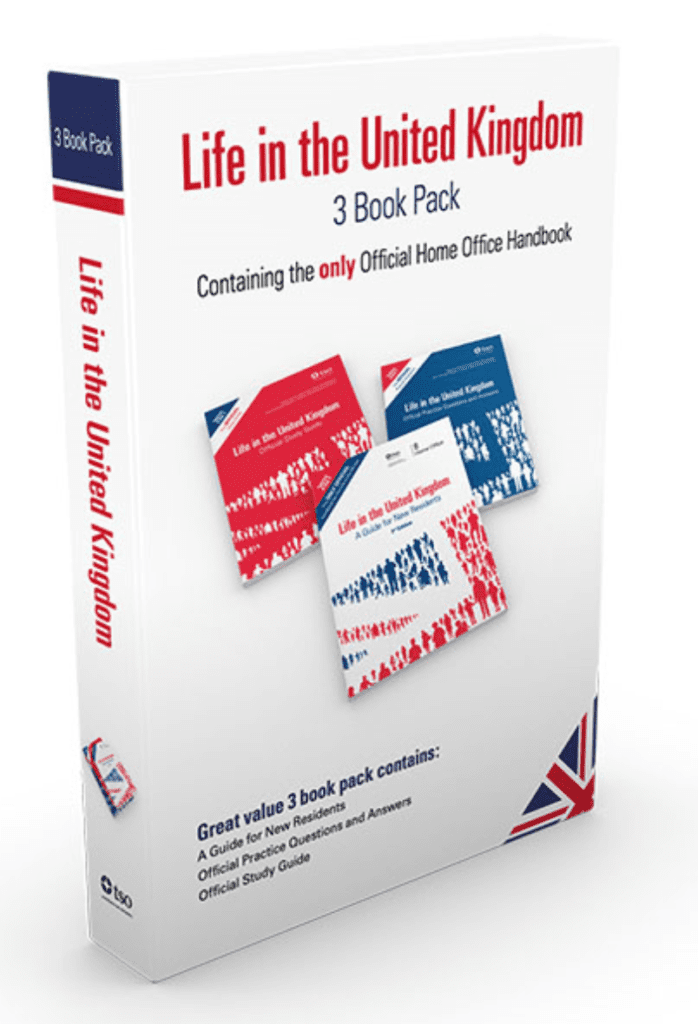Life in the UK Test Part 7
UK Citizenship. The Life in the UK Test is a mandatory test for individuals applying for settlement (indefinite leave to remain) or naturalization as a British citizen. The test is designed to assess the applicant’s knowledge of British traditions, customs, history, and institutions. It is meant to ensure that those seeking to become permanent residents or citizens have a basic understanding of life in the United Kingdom.


Report a question


FAQ Life in the UK Test, UK Citizenship
The test is required for individuals applying for settlement (indefinite leave to remain) or naturalization as a British citizen.
The test is computer-based and consists of 24 multiple-choice questions. Applicants have 45 minutes to complete the test.
The test can be booked online through the official website. There is a fee associated with taking the test.
To pass the test, applicants need to answer at least 75% of the questions correctly, which means scoring at least 18 out of 24.
Yes, if you fail the test, you can retake it. However, you must wait at least seven days before taking the test again. There is no limit to the number of times the test can be retaken.
Yes, the official handbook “Life in the United Kingdom: A Guide for New Residents” is provided by the Home Office and serves as the primary study guide for the test.
Applicants must have a basic understanding of English, Welsh, or Scottish Gaelic. If an applicant is not proficient in one of these languages, they may need to take an English language test as well.
The Life in the UK Test certificate does not expire. Once you pass the test, the certificate is usually valid indefinitely.
Yes, there is a fee associated with taking the test. The fee is payable at the time of booking.
No, you are not allowed to use any materials, including books or notes, during the test. The questions are based on the official handbook, and all the necessary information is expected to be studied beforehand.
How to Pass Life in the UK Test
Study the Official Handbook:
- The primary resource for the test is the official handbook, “Life in the United Kingdom: A Guide for New Residents.” Read and study this book thoroughly as it covers the topics and information you need to know for the test.
Use Additional Resources:
- While the official handbook is crucial, you may find it helpful to use additional study materials, such as online resources, practice tests, and flashcards. These can reinforce your knowledge and provide different perspectives on the information.
Take Practice Tests:
- Practice tests can help you familiarize yourself with the format of the actual exam and identify areas where you may need more study. Several practice tests are available online, and some are designed to mimic the official test closely.
Understand the Format:
- The test consists of 24 multiple-choice questions, and you have 45 minutes to complete it. Understanding the format will help you manage your time effectively during the actual test.
Focus on Key Topics:
- While the test covers a broad range of topics, some areas may be more heavily emphasized. Pay special attention to British history, government structure, and key cultural aspects. Understanding the values and principles underlying British society is also important.
Review Your Mistakes:
- If you take practice tests, carefully review any questions you answered incorrectly. Understand why you got them wrong and revisit the corresponding sections in the handbook to reinforce your understanding.
Take Advantage of Language Resources:
- If English is not your first language, ensure that your language skills are sufficient. This might involve additional English language study to complement your preparation for the Life in the UK Test.
Stay Calm and Manage Stress:
- On the day of the test, try to stay calm and focused. Manage stress through relaxation techniques, and remember that you have prepared for the exam. Read each question carefully during the test, and don’t rush.
Book the Test Well in Advance:
- Ensure that you have enough time to prepare by booking the test well in advance of any application deadlines. This allows you to schedule your study time effectively.
Stay Informed:
- Keep yourself updated on any changes to the test format or content. Check the official website or contact the relevant authorities for the latest information.


Pingback: Life in the UK Test Part 6